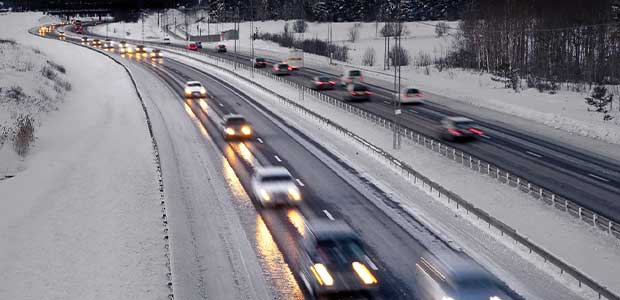
Stay Safe When Traveling for Winter Holidays, New Year's
NSC estimates that hundreds of lives may be lost while traveling during the upcoming holidays.
- By Alex Saurman
- Dec 21, 2022
It’s the holiday season.
For many people, that means traveling. Whether driving just around the corner, taking a ride across the state or road-tripping across the country, travelers this season need to take precautions.
In 20202, 312 people lost their lives during Christmas holiday travel from traffic fatalities, and 138 people died from travel on New Year’s Day, the National Safety Council (NSC) reported.
This year, the organization estimates that these numbers may be higher, according to a news release. NSC said that nearly 350 lives may be lost during Christmas travel and more than 400 during travel for the New Year to crashes.
Over the years on these holidays, alcohol has been involved in a greater percentage of deadly crashes than the yearly average, NSC data shows.
In 2019, before the pandemic, 39 percent of Christmas traffic fatalities and 36 percent of New Year traffic fatalities involved a driver under the influence of alcohol, while the national average that year was 28 percent; in 2020, it rose to 39 perfect during Christmas travel and 49 percent during New Year’s travel, while the national average sat at 30 percent.
“Impairment, whether it be from alcohol, drugs and/or another factor such as fatigue, causes a decline in visual function, mental judgment and motor skills,” said Jenny Burke, vice president of impairment practice at the NSC in the news release.
“There is a reason December is impaired driving prevention month, because it can take just one drink for someone you know and love to lose their life driving home. Designate a sober driver, stay overnight or arrange alternative transportation; do your part to keep yourself and others safe,” Burke continued.
Looking for additional ways to stay safe on the road? Check out NSC’s tips below, and read the detailed list here.
- “Prepare before you go.
- Drive distraction-free.
- Slow down.
- Designate a sober driver or arrange alternate transportation.
- Avoid fatigued driving.
- Buckle up.
- Protect vulnerable passengers.
- Look before you lock.
- Understand your vehicle’s on-board safety systems.
- Take an alternate path.
- Watch for all road users.”
About the Author
Alex Saurman is a former Content Editor for Occupational Health & Safety,who has since joined OH&S’s client services team. She continues to work closely with OH&S’s editorial team and contributes to the magazine.